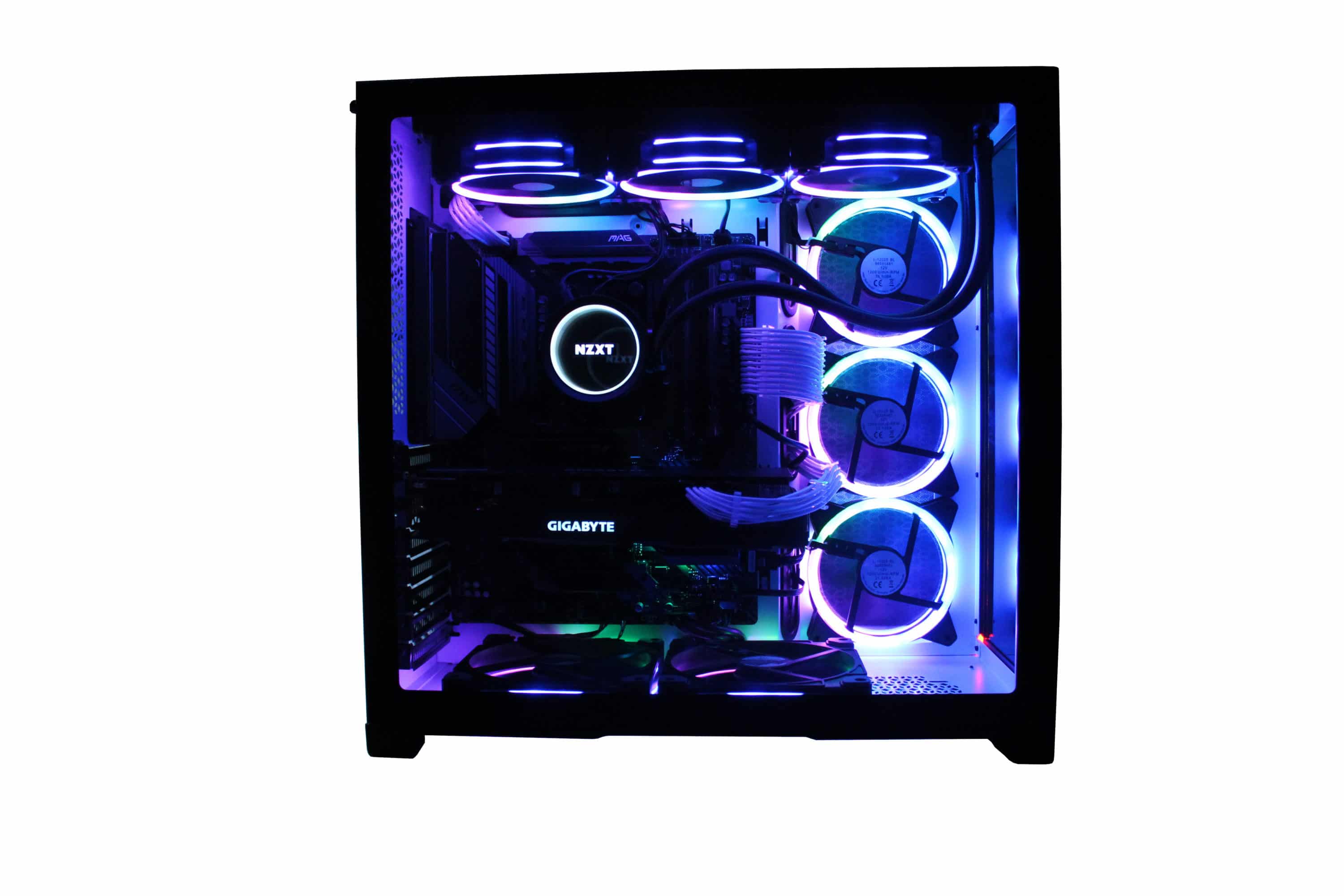

The Joycon controls don’t seem suited towards some of the actions it asks you to do. In some areas you can choose the order you do the puzzle in, but there’s no space for thinking outside of the box (or block). While some sections look like they have some freedom for you to do some improvised puzzling, this game is very linear. It’s not necessarily a bad thing overall, but if there is a type of puzzle you’re tired of or just not enjoying you’re stuck with them for longer than you’d like. In the last half or at least the last third of game, there are larger sections focused on specific mechanics. More often than not the puzzles are engaging and you’ll want to finish them, experiencing that moment of revelation and the joy that comes from overcoming a tough brain teaser. It never feels overwhelming, and by the time different mechanics are more frequently used together, you should have a good understanding of how they work together. A big positive is that each new mechanic is introduced gradually. Throughout the game you’ll get used to magnetic plates, moving objects with oil, spheres, and being flung around by platforms. Some will have you just solving the room’s puzzle with the blocks available, then gradually more mechanics are thrown in. It’s not a bad story, and even though I had my suspicions about what was going on I still wanted to see it through to the credits.Įach different area usually focuses on certain forms of puzzles. If you’re no stranger to Sci fi then you’ll likely guess what’s happening by the time you get the conclusion. Along the way there are conversations between the characters as well as Milly interacting with a mysterious entity that help fill out the story. Not too far in it becomes apparent that it is not that simple, and things are not as they seem. The protagonist Milly and Commander Sutcliffe work together to help Milly navigate a mystery structure so she can escape and get back home. If anything, the plot is quite surreal and obtuse. While I hadn’t played The Directors Cut, it was possible to pick up what happened and how it relates to the sequel. While it wasn’t until QUBE: The Director’s Cut that a story was introduced, QUBE 2 has a narrative throughout and follows on from the Director’s Cut story. Over the course of 5-6 hours, you’ll be finding all kinds of different ways these few colour functions can be used to overcome the increasingly challenging puzzles. Or you could try having a red block extended out so the green cube can land on it, and used as steps to a raised area. Is it two blocks with one on top of the other? Then you likely need to drop a green cube on top of a blue block so you can propel it across an obstacle and onto a pressure plate. The white blocks are only placed where they are needed to solve the puzzle, so there is always a specific way to solve it. Red will make the block extend out, and green will make a cube that can be moved under certain conditions (as well as an extra colour function, later on, I won’t spoil). Strategically dotted around each area are white blocks, where you can use the glove to give the squares the different functions while also working out the order they’re needed to progress.įor example, you can make the block blue and it will propel whatever lands on it.

Your character ‘Milly’ wakes up with no memory of how she got there, wearing a glove that can manipulate white blocks to perform a range of functions. Without a Portal game for the Switch (Portal Bridge Constructor aside), it’s up to QUBE 2 to fill that space. Though QUBE 2 does not share the humour Portal is well known for. At least with the kind of physics puzzles and mechanics involved, and the more clinical testing areas.
#QUBE REVIEW SERIES#
On first appearances, the QUBE series shares a lot in common with the Portal series. There is plenty of room for more physics puzzle games on the Switch, but does QUBE 2 stack up? The Director’s Cut built on that, and now Toxic Games have given us a sequel, QUBE 2.

#QUBE REVIEW FULL#
Q.U.B.E (which I will refer to as QUBE to save on full stops) was one of these, and was pretty decent. From it emerged a lot more physics-based first-person puzzle games. All those years back, Valve set a pretty high standard with the Portal series.


 0 kommentar(er)
0 kommentar(er)
